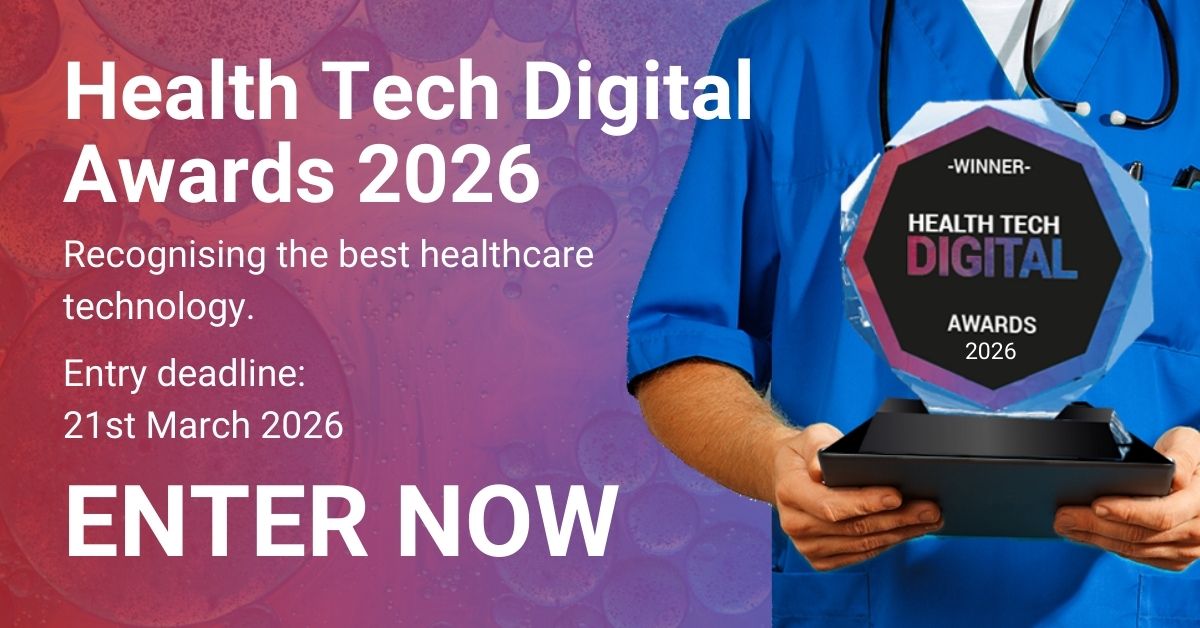
The healthcare digital transformation is underway, creating a seismic shift in the doctor-patient experience. Already, it’s an essential tool for optimising patient care, enhancing efficiency, and enabling tailored treatments, but the future applications are even more extensive.
This evolution is driving healthcare institutions to consider a range of technology solutions to improve access to medical data and streamline operations while balancing the compliance requirements of ever-shifting regulation frameworks.
Healthcare providers around the world are recognising the importance of modernising their offerings and leveraging new technologies to provide patients with the best care possible. The digital transformation represents a significant step forward, as well as a significant investment on a global scale.
As an example, in June 2022 the National Health Service (NHS) committed to making a sector-wide digital transformation, laying the foundations for providers and patients to give and receive virtual care. This includes £2 billion to digitise the NHS and at least £150 million to support social care, ensuring the system is equipped to deliver the benefits of the transformation to everyone.
To provide patients and providers with the best experiences, it’s critical for healthcare institutions to establish a comprehensive, intentional strategy to support the ongoing digital transformation at all levels. From intake to treatments to healthcare communications, providers must take advantage of new technologies or risk falling behind.
Emerging technologies, evolving healthcare
Emerging healthcare technology touches all aspects of the medical field, from research and diagnostics to personalising treatment plans and managing schedules for patients and staff. Some emerging technologies may already be familiar from other aspects of daily life but have additional benefits for the healthcare industry. These include cloud computing, Internet of Things (IoT), artificial intelligence (AI), machine learning (ML), natural language processing (NLP), and omnichannel media.
As healthcare networks continue to digitise their procedures and practice virtual care, these technologies will enhance the patient experience and improve workflows and efficiency for providers.
An example of these in action is a patient using a wearable IoT sensor to monitor their vital signs at home. That data can be stored in the cloud and processed with AI analytics to identify patterns. ML would match those patterns to a potential diagnosis and transmit that information to a doctor in plain language using NLP. A unified communications solution that seamlessly integrates with other healthcare applications gives physicians and other caregivers access to results via a mobile app, for efficient and comprehensive care.
That’s just a small-scale case. Ultimately these tools will allow doctors and researchers to analyse vast amounts of diagnostics and treatment information more quickly and accurately than any human ever could. AI and predictive analytics can help forecast health trends by looking at patterns in certain populations and predicting long- and short-term outcomes.
While some of these technologies, such as NLP, are still nascent and relatively limited, implementing the basics now will allow healthcare institutions to take advantage of their possibilities in the future.
Improving patient care with automation
With the continuing pressure on resources and staffing, having effective strategies in place to manage patient flow and coordinate data can be immensely helpful. An emerging trend gaining popularity among healthcare providers is the use of automated systems to help streamline processes and enable more precise delivery of patient care.
For most healthcare institutions, a significant portion of staff time is dedicated to administrative responsibilities like writing reports, sending communications, and processing records. Automated systems can quickly and accurately manage these tasks, allowing for a more effective allocation of employee talent.
Automation also improves the speed of diagnoses and treatments. In the example above, the emerging technologies are part of an automated chain of events. Once the patient’s monitoring device reaches a certain threshold, each step is triggered in turn until the final report reaches the doctor.
Automated processes allow providers to spend more time caring for their patients while simultaneously removing opportunities for human error and reducing overhead costs. With streamlined workflows and faster treatment time, medical staff can focus on delivering quality care to their patients.
Maintaining compliance and cybersecurity
Cybersecurity is an essential component of keeping patient data secure – and remaining compliant with industry regulations. It’s vital for healthcare providers to be aware of the challenges they face when it comes to cybersecurity.
Institutions of all sizes are at risk. Major healthcare institutions like the World Health Organisation and the NHS were the targets of recent failed cyberattacks, illustrating the importance of maintaining cybersecurity measures.
Cyberattacks, including malware, ransomware, phishing, and hacking, can cause disruption at all levels of the healthcare process. Attacks on healthcare networks can infect computer networks, steal patient data, corrupt records, shut down medical devices, and force doctors to halt technology-assisted procedures.
Over 50% of connected devices in a typical hospital have critical risks present, giving hackers an easy way in. Even if the attack isn’t successful, it can still cause major damage to an organisation’s reputation.
Proper IT protocols, including network segmentation, regular software updates, and secure cloud- or premises-based data management, are critical for cybersecurity. Even something as simple as sending automated reminders to staff to update their passwords minimises one of the most common risks to device security.
Part of a provider’s responsibility in implementing new technology in their practices is to protect patient privacy. They must select partners and solutions with features that maintain compliance with evolving security, privacy, and anti-fraud regulations, to gain patient confidence.
Modernising healthcare communications with UC
Emerging technologies are playing a crucial role in shaping the future of the healthcare sector, and that means healthcare leaders must ensure they have modern communications tools in place to support this transition. By using the right unified communications (UC) solutions healthcare providers can take advantage of these technologies to deliver efficient, secure, and compliant tools cost-effectively. This lays the groundwork for a digital future that provides a better healthcare experience for all.











